What money means
Students embrace discomfort and navigate stereotypes about class on campus
March 4, 2017
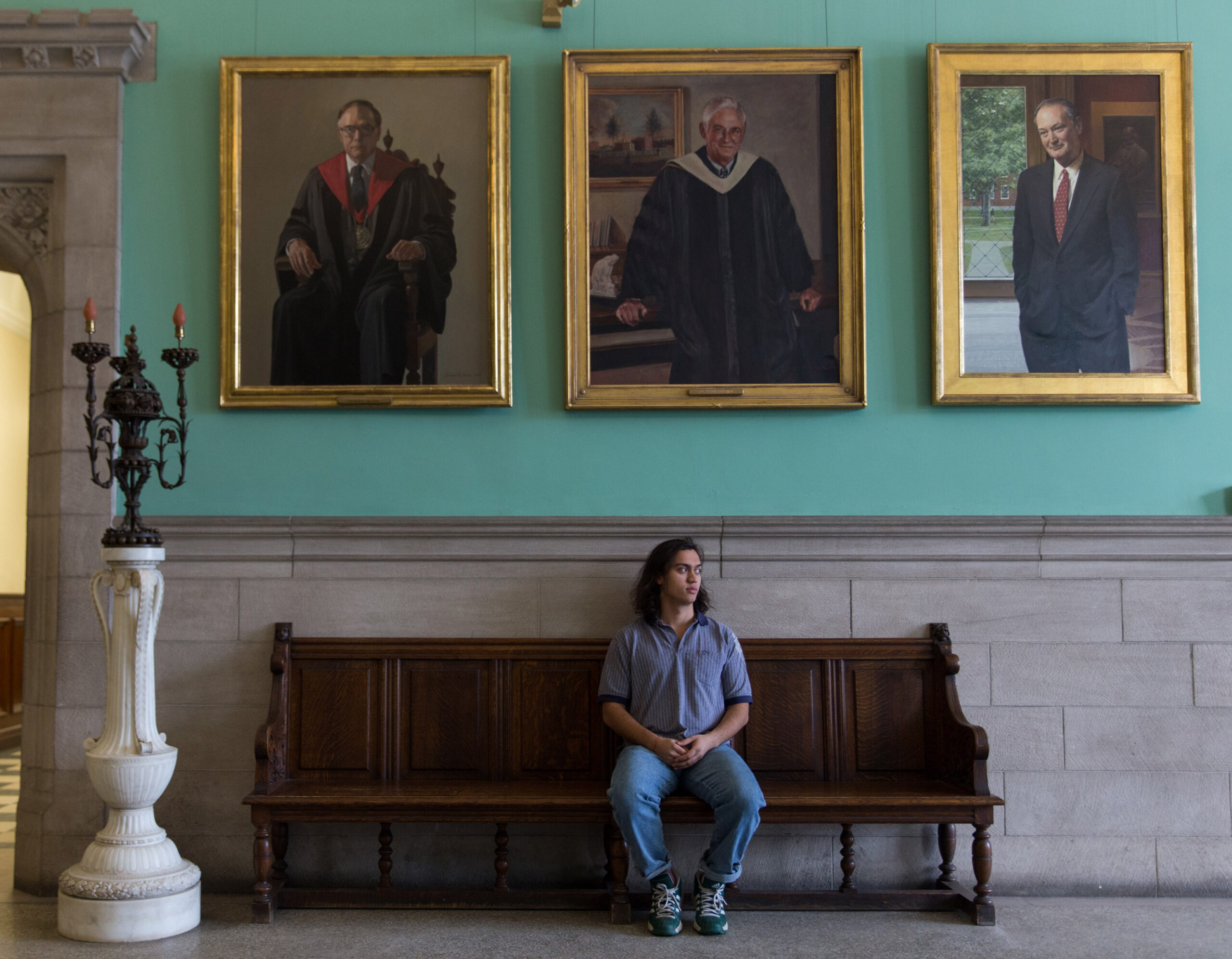 Ann Basu
Ann Basu
For this story, we spoke with over 15 students and two administrators to develop an understanding of how class affects lives and is perceived at Bowdoin. Usually when we ask about class, we are really asking about the experiences of less wealthy students. This story is about them, but it is also about the perspectives of the wealthy majority on campus.
Spencer Shagoury ’17 grew up in Maine, near Waterville. His high school was small, underfunded and mostly white, and people there saw Bowdoin as the gold standard. This was his normal, until he got here.
“It’s not like other people are saying things that are demeaning in any way, but there’s this constant inside battle that’s, like, well, other people went to this really fancy private school and they had SAT tutors and—not that my parents didn’t give me what I needed—but I didn’t have that,” he said.
He said he asks himself, “Do I belong here? Am I up to these people’s levels?”
“I think that’s been a constant thing on my mind and finding my own personal confidence in the way of that has been challenging for sure. Like, proving to myself that I deserve to be at Bowdoin,” Shagoury said.
“My friends from home are what people here would call hicks and my friends here are what people from home would call elitist snobs,” he added. “When they met each other—all super nice people that I love so much—there’s just such a huge disconnect between them.”
Shagoury straddles two worlds with drastically different expectations, and that puts pressure on him. Not only does Shagoury need to manage time between school and friends, but he also holds a job to pay for the things his friends can already afford.
“There’s a delicate walk for sure between working the right number of hours so you can afford some things that you might not be able to do—I got to go skiing last weekend—but also making sure you have enough time to, like, spend with friends,” he said.
Hanging out with friends is not always simple. There is a certain amount of capital required in order to go to a restaurant or ski slopes.
“You make a new friend and they’re like, ‘Oh a couple of guys are going to Little Tokyo this Friday.’ And you’re like, well, payday isn’t till the Friday after that, but you don’t want to say that to someone you just met,” he said. “You don’t want to label yourself, because you’re more than your bank statement. You’re more than that. So, you don’t want to say something that labels you as that, but at the same time—you just can’t go.”
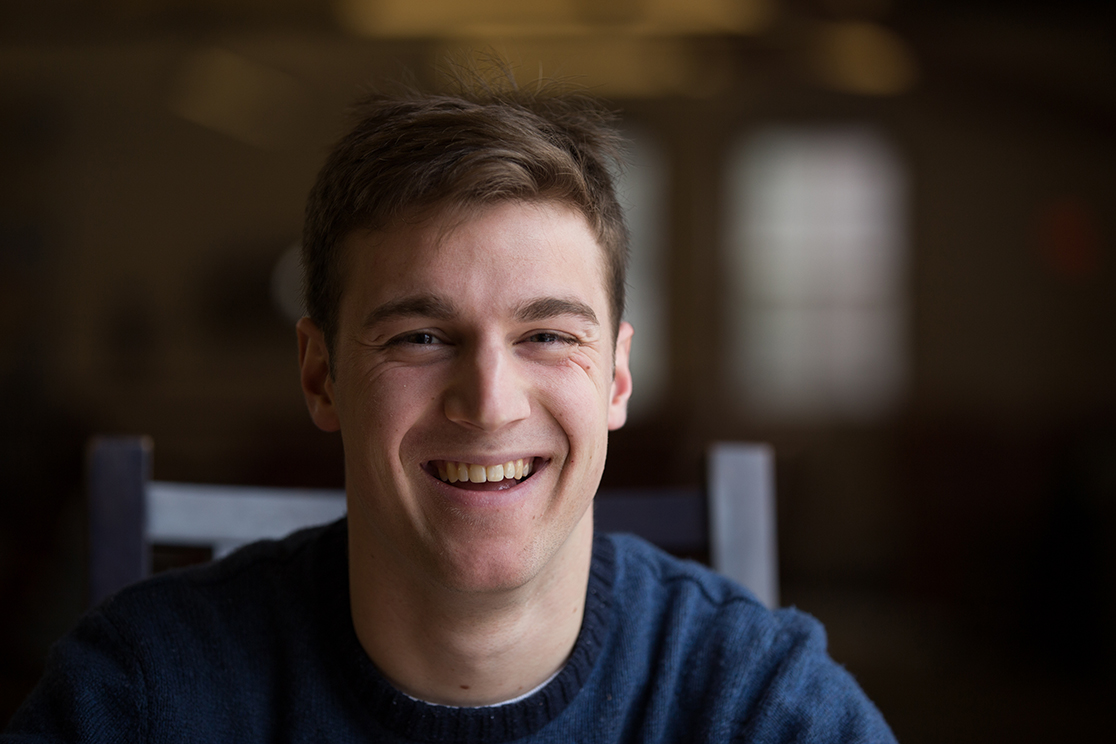 Ann Basu
Ann BasuWhen interactions or shared activities revolve around spending money, wealthy students have the upper hand. As long as capital-intensive social activities remain important, poorer students bear the burden of operating within the norms of a high-class world.
Sometimes, students find a balance. Poorer students work harder so that they can afford access to these activities. Most wealthier students do not have unlimited spending money. They too turn down dinners out of a desire to spend less.
Despite these instances, class underlies fundamental power dynamics in our social world. Class influences how people dress and what they do in their free time, how they view themselves at Bowdoin and how they plan their summers and vacations. It affects who interacts with whom and their common interests, experiences or preferences. But most importantly, it affects what we each consider normal.
Class can be easy to ignore at Bowdoin because the College is a powerful equalizer. Within our on-campus community, students have roughly equal access to a vast array of resources. Great financial aid and familiar amenities such as Polar Points and dining halls with really good food, as well as policies like mandatory underclassmen housing and first year car restrictions all level the playing field and each work to create an environment where students face as few disadvantages as possible.
People, like Evan Montilla ’17, notice this.
“I feel like the school is really good at providing the things I would see, that I would notice. Back home, class was like what food people were eating, what clothes people were wearing. But here, if you’re not so great financially, the school helps out a lot, and that’s been so key,” he said. “Everyone gets to eat really nice here.”
Here, no one has to worry about where their meals are coming from or whether they can afford to go to parties on the weekends.
But they might be worrying about other details like how they will afford the cost of a spring break trip or a new pair of hiking boots—or how they’ll ask for financial assistance.
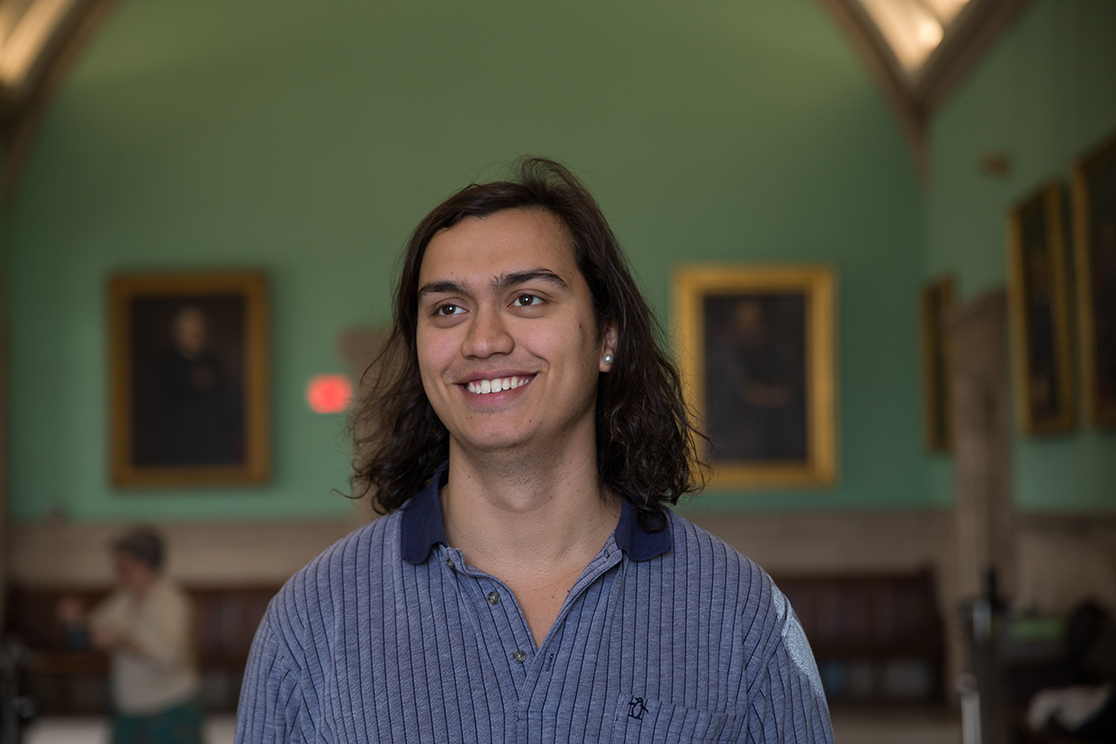 Ann Basu
Ann BasuAt Bowdoin, much of what is taken for granted is new for less wealthy students. This can be a difficult adjustment.
“While some students can afford to go skiing or drive to Portland every weekend, others have to work 10 or 20 hours per week to support themselves and their families. While some students regularly have hundreds of dollars on their OneCard accounts thanks to their generous and wealthy parents, others worry about being able to do laundry because you can’t deposit less than $25 to a OneCard,” wrote Jesse Ortiz ’16, who organized a discussion about class last spring, in an email to the Orient.
If a poor student wants to have wealthier friends, overcoming these anxieties is not enough. They must strategize how to fit in.
Mitsuki Nishimoto ’17 dresses well. She’s on the smaller side and wears big glasses that make her look put together regardless of what else she has on, which is usually black—she is from New York. Her easygoing attitude belies how much effort she has put into her clothing choices.
Since high school, when a nonprofit program connected her with Spence, an all-girls private school on the Upper East Side, Mitsuki has understood the value of passing: the process of making your appearance match the norms of those around you, despite differences in class.
“Especially going to an all-girls school, I think people really looked at what everyone else was wearing, and I knew what was cool. I knew what could be seen as a marker of privilege,” she said. “I would make my mom go buy all these things—on sale, obviously—and I would tell her, ‘These are the things that are cool, and these are the things that you have to buy for me.’ I think, in those ways I was able to pass, because that wasn’t fundamentally changing my financial circumstances. It was just something that I could wear to fit in.”
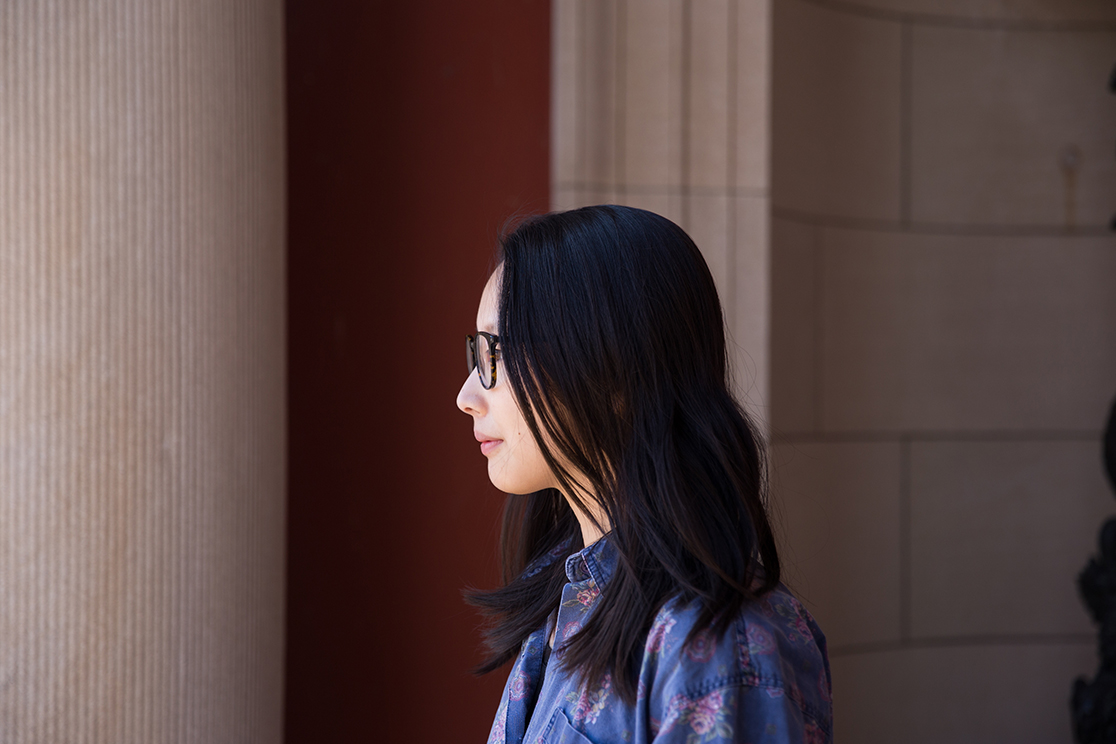 Ann Basu
Ann BasuAlthough she described her class as “lower-middle income,” her parents raised her in an apartment in a predominately wealthy area. “We didn’t live in the nicest apartment but we still lived in this neighborhood, so I would say that I could get by telling people that I lived on the Upper East Side,” she said.
“I grew up going to the Met and going to Carl Schurz Park and Central Park. That was my playground,” Nishimoto continued.
“I think I had immense privilege, despite my family circumstances, and I think they really made sure that I had those experiences, to make up for what they couldn’t practically give me. So just being able to say that. Y’know, some people have never been to the Met before, and being able to say, ‘Oh yeah, I used to go there all the time.’ That just puts me at a different place with social capital, especially at a place like Spence,” she added.
Her effort helps her feel comfortable at places like Spence or Bowdoin, but it helps wealthier students feel comfortable as well. When students from lower-income backgrounds assimilate to upper class students’ norms, these norms get validated. Wealthier peers can avoid confronting uncomfortable issues of class.
Like many other wealthier students, Sophie Binenfeld ’17 wasn’t ever really forced to reflect on class before attending Bowdoin. While she was aware of conspicuous displays of wealth, she was more comfortable downplaying her class–she transferred to a high school that required uniforms because she felt they were equalizing.
Binenfeld is from Los Angeles and bought her first winter coat her senior year of high school. Once she knew she was going to Maine for college, her older sister took her shopping in New York City. At her sister’s suggestion, she purchased a Canada Goose jacket—a frequent touchpoint in class-related discussions at Bowdoin.
“We were at Bloomingdale’s and she was like, ‘This is the kind of coat you need.’ And I was like, ‘Is it the warmest?’ And she was like, ‘Yeah, all your friends will have them,’” said Binenfeld, recounting her shopping experience.
“And I saw the price tag and I was like, ‘Jesus!’ But I don’t know how much warm weather gear costs. And I was lucky enough to call my mom and be like, ‘Mom, Molly said to get this coat. Is that OK?’ And she was like, ‘Yeah, if that’s what she said to get. You’re going to be warm, it’s freezing in Maine, and you’ll have it forever.’ So I bought it,” she said.
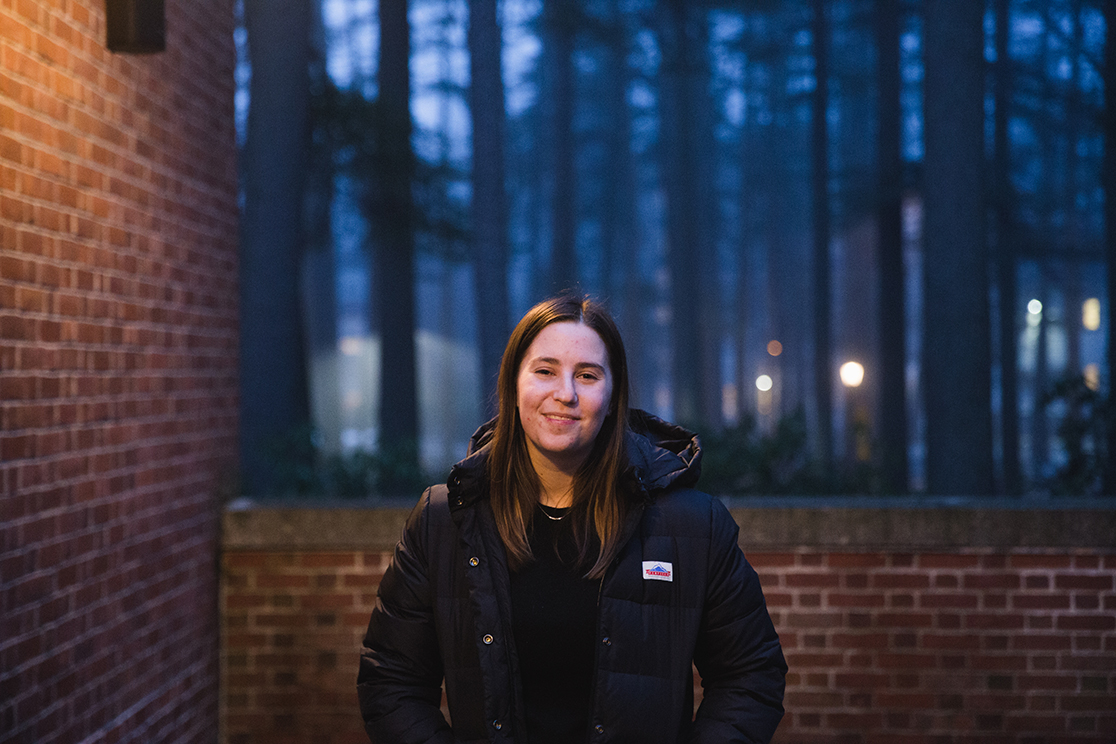 Ann Basu
Ann BasuWhen a campus event last year drew attention to her jacket as a status symbol, Sophie’s understanding of her class changed.
“It forces you to think about the money that you’ve had access to your whole life that you don’t realize you did,” she said.
But for so many less wealthy students, awareness of class is not new.
“It’s shocking to me that a lot of students on campus don’t know how much their parents make,” said Mitsuki. “Because as someone who’s always had to fill out financial aid forms and just be mindful of that, I’ve always known how much my parents make.”
Henry Bredar ’19 shares a similar experience with Binenfeld.
He is on the rugby team and was also on the baseball team last year. Bredar describes these teams as fundamentally different in terms of class: he said that while the baseball team is “incredibly wealthy,” the rugby team feels more socioeconomically diverse.
The baseball team is predominately white and 74 percent of the 31 players on the 2016 roster attended private high schools. The rugby team does not publish the high schools of its team members.
Bredar is used to environments like that of the baseball team—he went to a wealthy, private all-boys school in his hometown, Washington, D.C. and said he was “middle of the pack in terms of affluence there.” Upon arrival at Bowdoin, he experienced more of the same.
“In my first year, really, class was completely irrelevant for me,” he said. “It was never a conversation I had. It was never something that came up with my friends. It was never something that came up with my teammates or anything like that.”
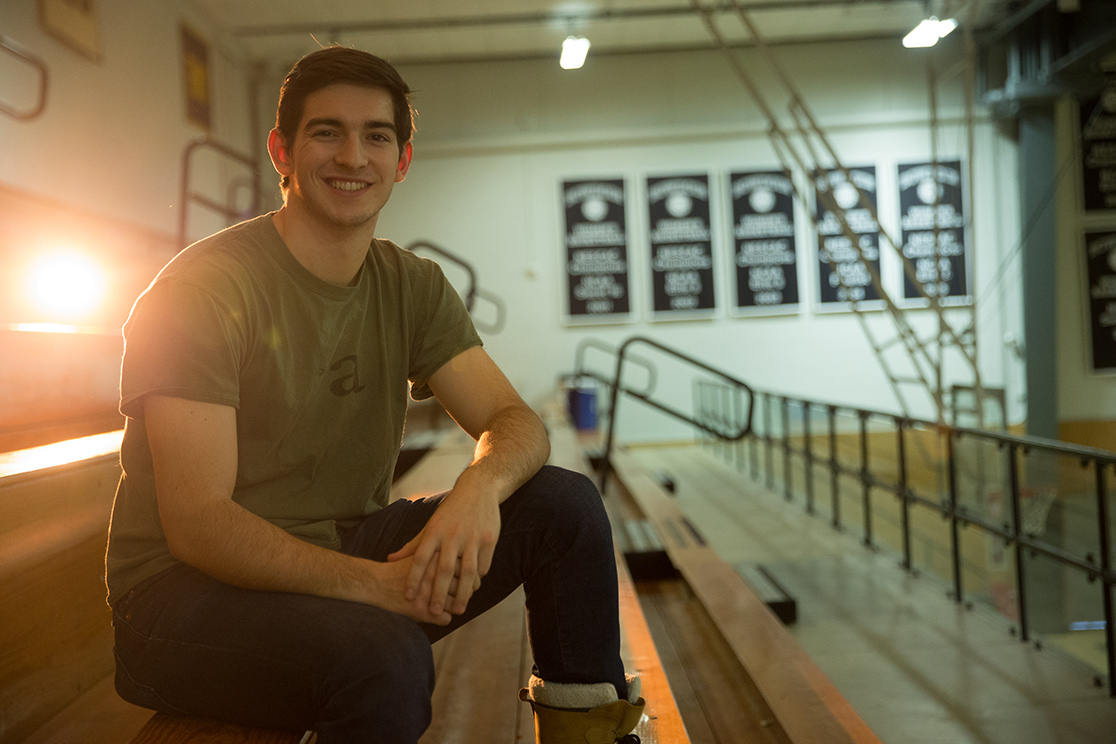 Ann Basu
Ann BasuClass-skewed spaces like the baseball team are one factor among many that allow wealthier students to not address class during their day-to-day experiences at Bowdoin.
There are many similar groups and spaces at Bowdoin. Examples such as the equestrian team or the club ski team stand out. Though these are more accessible with assistance from the dean’s office—students receiving aid can ask for supplemental funding for expensive activities—students need financial means to participate in and even encounter these experiences in the first place.
Other class-skewed groups include tennis, field hockey and lacrosse—programs funded more often at affluent high schools. Seventy-seven percent of the current men’s tennis team attended private school; as did 66 percent of the current field hockey team. But it is difficult to generalize.
“I can’t think of a team where I can’t also think of the exceptions,” said Associate Dean of Students for Diversity and Inclusion Leana Amáez.
The Orient is one such organization. The staff members of the Orient tend to be consistently wealthier and whiter than Bowdoin’s student body. Of the paper’s 10 top editors, seven attended private high schools and all are white.
Class segregation occurs in less affluent circles as well. Students spoke with the Orient about a number of spaces or groups on campus that tend to be composed of poorer students. Often these spaces address other forms of identity, like race or gender.
Kathya Marte ’18 spoke of how this process of segregation began with the start of her first year.
“It was the week of matriculation and they would set us up in groups of four or five different people about where you come from or whatever. But even in those conversations, sometimes I was the only Latina or the only poor person, and I would notice that the rich people would have more stuff to talk about,” she said. “Just because, ‘Oh, my dad also has a house in the Hamptons’ or something, or if they went to rival boarding schools or … they would have something to talk about and I couldn’t relate to it because I didn’t go through these experiences.”
Dean Amáez has led approximately 15 students in an Intergroup Dialogue (IGD) program almost every semester for the past three years. During the introductory session with each group she asks every student to introduce themselves, addressing various aspects of their identities such as race, ethnicity, family and cultural background, sexual orientation and class.
According to Amáez, in every IGD introduction, it’s very rare that a student will describe their class status without using the word “middle.” Wealthier students refer to themselves as upper-middle class while poorer students say lower-middle class.
“No one wants to leave the middle… there’s something honorable about the middle and there’s something really stereotyped about outside of it,” said Amáez.
Some students do come from the middle class, but for the vast majority of Bowdoin students, that is just not true. According to data from a report by the Equality of Opportunity Project republished in the New York Times last month, 69 percent of Bowdoin students come from families in the top fifth of the national income distribution. As of fall 2016, 44 percent of the student body received financial aid, meaning 56 percent of students pay the College’s full $63.5 thousand in tuition.
“That’s a lot of money! Right? And that’s not to say that isn’t a strain; that’s not to say that some of those students don’t have some loans that have to be taken out as a result,” Amáez said. “But 56 percent don’t qualify for aid on a need basis. That means their parents are making good money!”
In Amáez’ opinion, students are not adequately acknowledging the exceptional nature of their backgrounds. She’s not alone.
Read a candid conversation about class between four students
According to Walter Chacón ’17, who is performing research on the relationship between social norms and class at NESCAC colleges for an honors project in sociology, Bowdoin normalizes social customs and behaviors that allow us to not recognize our wealth.
Chacón offered the example of the meritocratic myth as an idea that contributes to this normalization.
“I think it kinda gives the impression that regardless of where you come from or your social background, we’re all on an equal playing field, and I think that’s a pitfall to attending a really selective elite college,” he said. “That everyone can come in and think that we’re all on the same page because we all worked really hard, and we’re all really talented and we really achieved. That’s the only way we got into Bowdoin. I think we should question that.”
“A lot of people at Bowdoin have lives that are very atypical. Whether that’s because they have a second home—for example, a summer home. People normalize that at Bowdoin. But that’s not normal—by any standards—if you look at the composition of the United States,” he said.
“It’s easy to take that for granted, and think that that’s normal, but if we don’t question that then we kind of normalize the immense privilege that people have when they come to Bowdoin,” added Chacón.
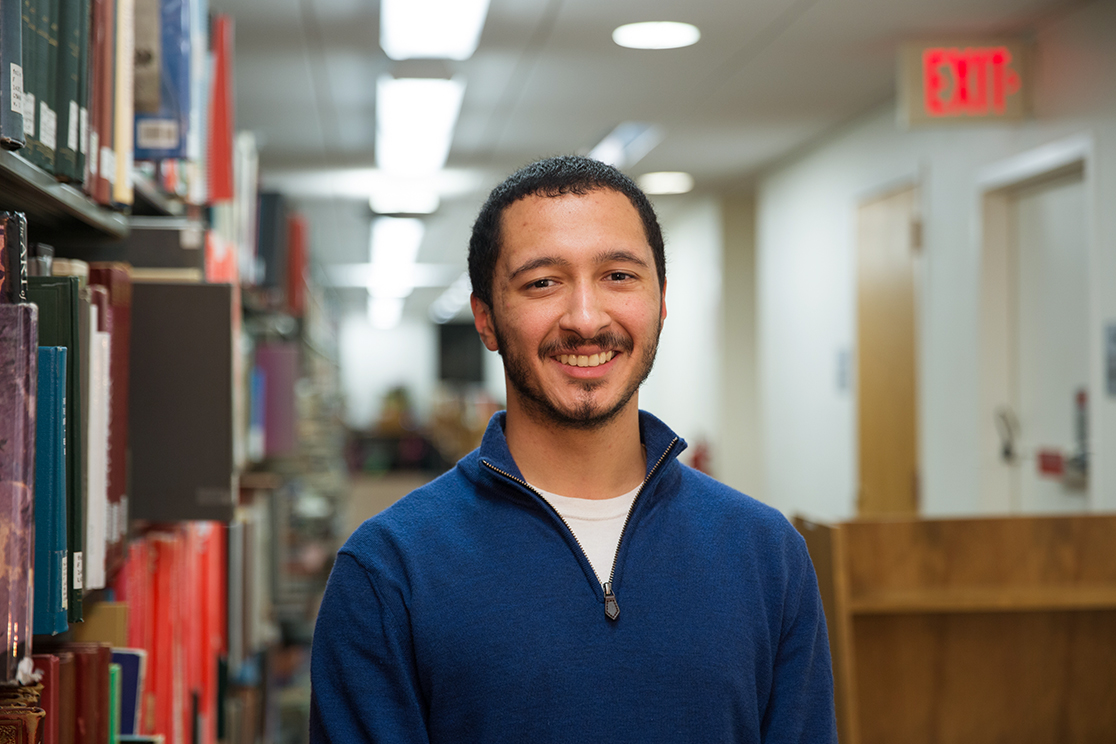 Ann Basu
Ann BasuMarte—who said she is currently taking a year off “to recharge”—spent some of her first few weeks at Bowdoin looking up her peers’ families on Wikipedia.
“I would Wikipedia people’s last name and I’m like, ‘Wow, their family is worth x amount of money.’ These are the people I’ve read about, but I actually go to school with these people and I interact with them—or, I just go to school with them, I don’t really interact with them,” she said.
“Before I went to Bowdoin I wasn’t ashamed to say, oh, you know, I live in a single-parent household, a low-income household, went to an urban, public, low-income high school,” said Marte. “However, I didn’t feel comfortable sharing that when I was at Bowdoin, because I didn’t want people to feel bad for me or thinking less of me because of my background.”
Although the wealth at Bowdoin came as a shock to Marte, money alone did not keep her from sharing her experiences with wealthier peers. Marte felt that she came to Bowdoin unprepared for its academic rigor.
Regardless of a student’s background, discussions about class are often characterized by discomfort and shame. When talking about class, there are assumptions that go along with class that are negative and reduce their experience to a class stereotype.
Attending Bowdoin comes with opportunities to access resources unavailable to students back home, but can also be accompanied by discomfort. Students like Marte worry about what happens when they fail to assimilate to elite standards.
“In terms of jobs, internships, I feel like I had … I had to network with people outside of my community to get the jobs that I want, because they don’t have access to the opportunities that I’m interested in,” said Marte. “Although I know that sometimes it is hard to be at Bowdoin, I want to push through because I know that the networks that come from being a Bowdoin student, and also the resources as well, outweigh going to a school where I feel more comfortable.”
Wealthy students have different concerns surrounding stereotypes. Some of these students are afraid of coming across as being unaware of their privilege or being seen as inadequately working to address it.
“It’s like … someone who is tangentially aware of how lucky they are but also really … loves playing lacrosse like I do, or really … loves going to ski like I do,” said Drew Van Kuiken ’17, describing his worry about playing into the stereotype of a typical student who attended boarding school.
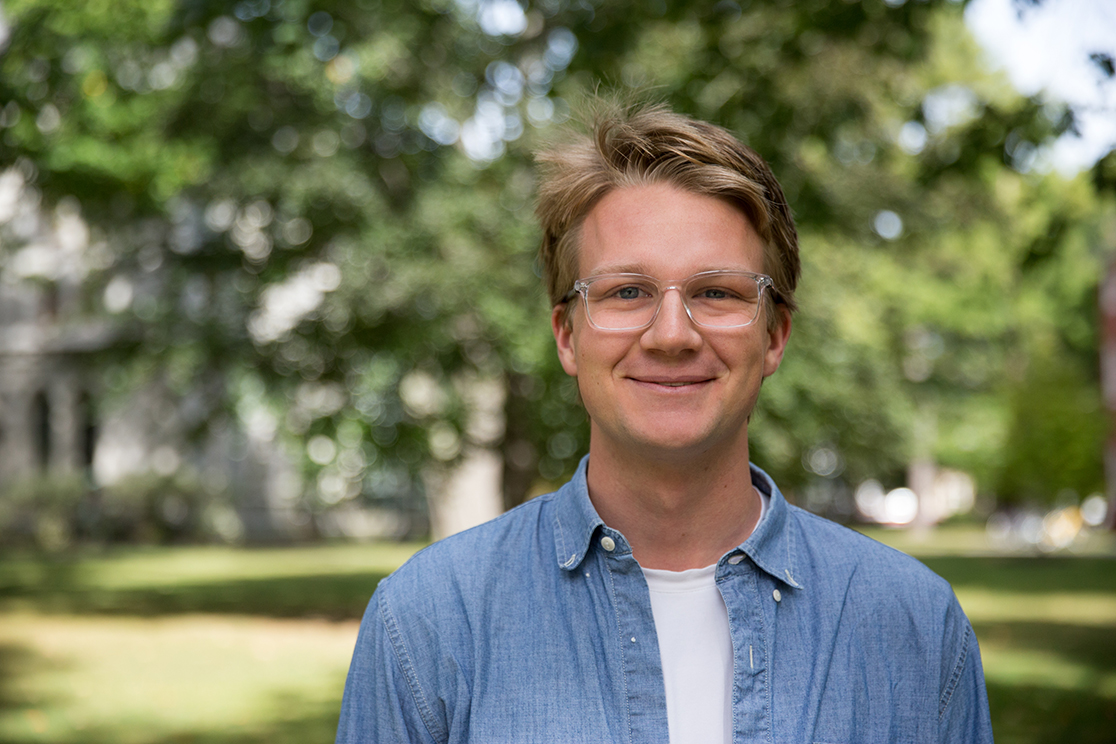 Ann Basu
Ann Basu“I’m really apprehensive about doing [this interview],” said Binefeld. “It’s super important to talk about, but it’s something at Bowdoin that we just don’t talk about because you don’t want to look like a rich asshole—and people don’t know those things about me unless I tell them.”
Binefeld feels like a fear of negative perceptions related to specific things like expensive jackets stops conversations about class before they happen.
“I often feel really judged for my coat. I know it’s stupid, but I don’t want you to judge me for it; talk to me about it. Let’s talk about the differences in how we grew up, because I’m sure there were a lot of things that were the same,” she said.
“I think on both sides of the spectrum there are assumptions that go along with that that are negative,” Amáez said. “Once you label it, you’re subject to the notions of everyone else about what that label means, and it takes your really personal story and relationship to class out.”
But nearly every student the Orient talked to said addressing class on one’s personal level is where a productive conversation about class starts—especially for wealthier students.
“I think it is kinda like the conversations about race we’ve been having on campus where white students have to acknowledge their own whiteness and their privilege,” said Mitsuki. “And for the most part students who are not wealthy—this is something that they’ve had to think about. And it now has to come from the students who never had have to think about it to confront.”
Bredar and Marte echoed this sentiment.
“It’s not people of lower classes’ job to teach people of higher classes about this issue,” Bredar said. “That’s where the responsibility really is, in a way, on the people of higher class.”
“Some of the friends you do make are in the classroom, I feel like people notice—people notice! They can tell people’s background from what they say, how they act, what they dress. Foster relationships there,” suggested Marte.
“I think that the burden doesn’t always have to be on the person from a marginalized group,” she said.

Comments
Before submitting a comment, please review our comment policy. Some key points from the policy: